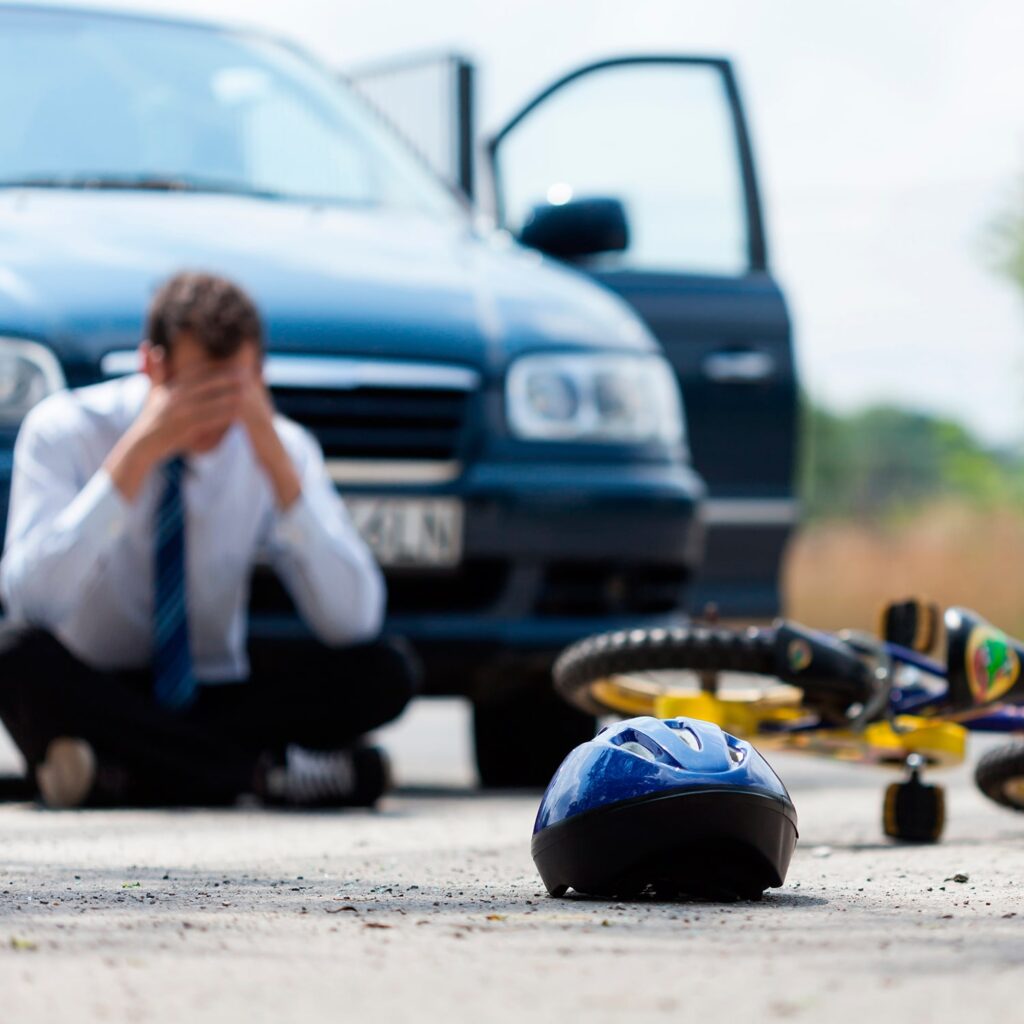Proving liability in a bicycle accident case involves demonstrating that another party’s negligence or recklessness caused the accident and resulting injuries. Unlike car accidents, which often involve straightforward evidence like collision impact data, bicycle accidents can be more nuanced.
Cyclists sometimes get an unfair rap from impatient drivers sharing the road, but if you love riding your bike around the streets of your city, you’ll be pleased to know that you have more rights than you think. Our friends from Marsh | Rickard | Bryan LLC explain how an attorney can help you after being struck by a car.
Gather And Preserve Evidence
Your bicycle accident attorney will guide you through the claims process, but you should be aware of what goes into proving that the other party was liable. However, you can also gather evidence like:
- Accident Scene Photos: Take comprehensive photographs of the accident scene, including the bicycle, any involved vehicles, road conditions, traffic signals, and any visible injuries. These photos provide a visual record of the conditions and can help illustrate how the accident occurred.
- Damage to Property: Document the damage to the bicycle and any other property involved in the accident. This can include pictures of the vehicle that hit the cyclist, as well as the bicycle’s condition post-collision.
- Witness Statements: Collect contact information and statements from any witnesses who saw the accident. Their testimonies can corroborate the cyclist’s account and provide additional perspectives on how the accident unfolded.
Obtain And Review Police Reports
Police reports often contain valuable information about the accident, including initial findings on fault and witness statements. When law enforcement arrives at the scene, they may provide an objective assessment of the situation, which can be instrumental in proving liability.
Request a copy of the police report, which typically includes details about the accident, involved parties, and any citations issued. The report may also indicate if traffic laws were violated.
Your Lawyer May Employ Experts In Your Case
In complex cases, expert opinions can provide crucial insights into the accident and help establish liability.
- Accident Reconstructionists: These professionals can analyze evidence, such as skid marks and vehicle damage, to recreate the sequence of events leading to the accident. Their findings can clarify how the accident happened and who is at fault.
- Medical Experts: Medical professionals can offer opinions on the extent of injuries and how they relate to the accident. Their testimony can help establish the severity of the injuries and their impact on the cyclist’s life.
Prove Negligence Or Recklessness
To establish liability, it must be proven that the other party was negligent or reckless, leading to the accident. This involves demonstrating the following elements:
- Show that the at-fault party had a duty to exercise reasonable care while driving or operating their vehicle.
- Prove that the party breached this duty through their actions or inactions, such as speeding, distracted driving, or failing to observe traffic signals.
- Establish a direct link between the breach of duty and the accident. This means demonstrating that the breach caused the accident and the cyclist’s injuries.
- Provide evidence of the damages suffered by the cyclist, including medical bills, lost wages, and pain and suffering.
Proving liability in a bicycle accident case requires a comprehensive approach involving evidence collection, an understanding of traffic laws, and expert analysis. An experienced bicycle accident lawyer, one familiar with your state’s rules for proving liability, can be an invaluable asset in ensuring that your case comes to a positive resolution.

